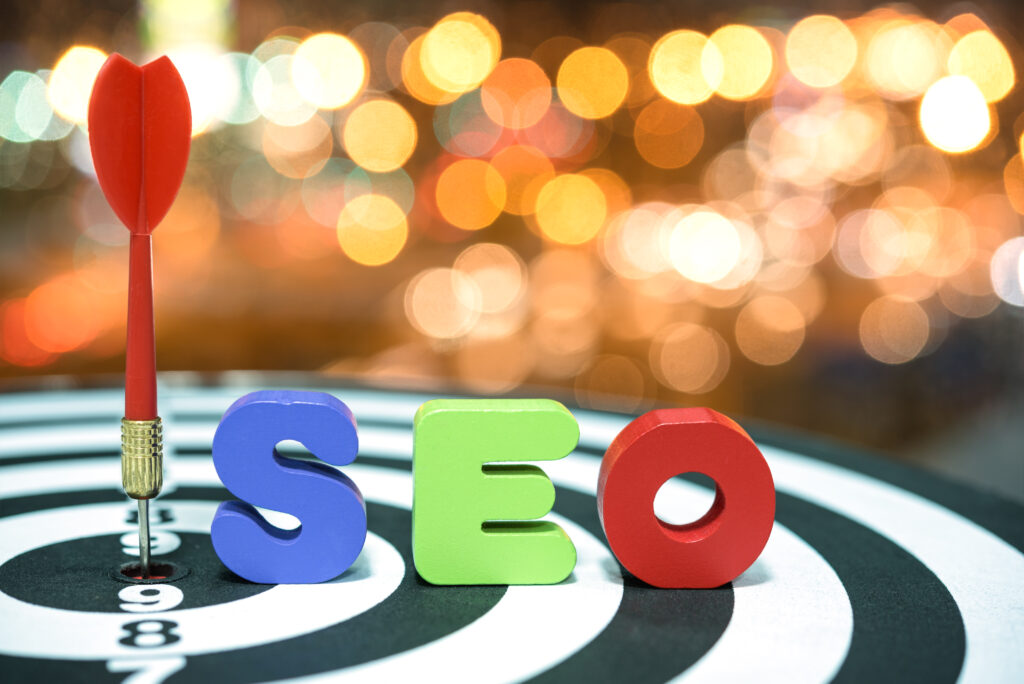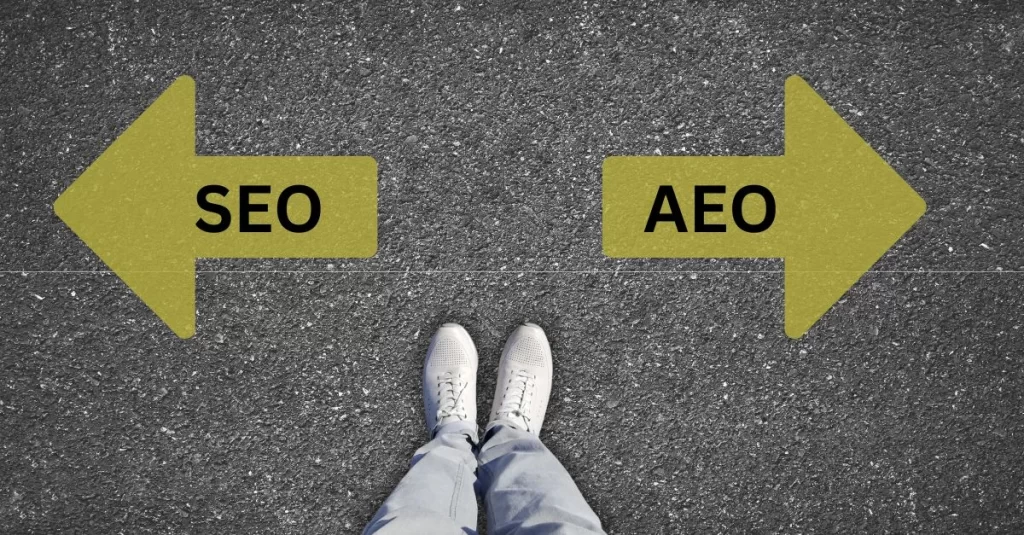Introduction: Why User Intent Is the Heart of Modern SEO
Search engines today are no longer just matching keywords they’re decoding human intent. In 2025, User Intent SEO has become the cornerstone of digital success.
Whether you’re optimizing a service page or writing a blog, understanding user intent for SEO helps you serve the right content to the right audience at the right time.
If your content doesn’t match what the searcher intended to find, it won’t matter how many backlinks or keywords you have — it simply won’t rank.
So, what exactly is user intent in SEO, and how can you leverage it for better rankings and ROI? Let’s explore.
What Is User Intent in SEO?
User intent, also known as search intent, refers to the purpose behind a search query.
It answers the question: What is the user truly looking for when they type something into Google?
For example:
- When someone searches “best SEO agency in Dubai,” they intend to find and possibly hire a service provider.
- When someone searches “what is SEO,” their intent is informational — they want to learn, not buy.
Thus, User Intent SEO is the process of aligning your website’s content, structure, and optimization strategy with the intent behind user searches.
The Four Main Types of User Intent
Understanding the different types of search intent helps marketers design content that truly satisfies their audience’s needs.
1. Informational Intent
Users are seeking knowledge or answers.
Examples:
- “What is user intent in SEO?”
- “How does AI impact SEO?”
Best content format: Blog posts, guides, infographics, educational videos.
2. Navigational Intent
Users are trying to reach a specific website or brand.
Examples:
- “Wildnet Technologies SEO services”
- “Google Search Console login”
Best content format: Homepage, landing pages, or brand-focused pages.
3. Transactional Intent
Users are ready to make a purchase or complete an action.
Examples:
- “Buy SEO tools online”
- “Hire SEO expert in Dubai”
Best content format: Product pages, pricing pages, or conversion-optimized landing pages.
4. Commercial Investigation Intent
Users are comparing options before deciding.
Examples:
- “Best SEO agency vs freelancer in Dubai”
- “Top local SEO services reviews”
Best content format: Comparison blogs, listicles, testimonials, or case studies.
Why User Intent Matters for SEO in 2025
Google’s algorithms (such as RankBrain and BERT) are trained to interpret natural language, enabling them to detect user intent more accurately than ever.
This means keyword stuffing no longer works — your content must match the searcher’s goal.
Here’s why user intent SEO is essential today:
1. Improves Search Rankings
When content aligns with search intent, users stay longer, engage more, and bounce less — all positive signals for Google.
2. Boosts Conversion Rates
If a landing page matches what the visitor expects, they’re far more likely to convert.
3. Reduces Bounce Rate
Irrelevant content pushes visitors away. Intent-aligned SEO ensures users find exactly what they need.
4. Enhances Content Strategy
Understanding SEO user intent helps you create more personalized, effective, and high-performing content.
How to Use User Intent for Better SEO Ranking
Aligning content with intent requires strategic planning. Follow these practical steps:
Step 1: Analyze the Search Query
Start by identifying what the query means beyond the keywords.
Ask yourself:
- Is the user asking a question or trying to buy something?
- Are they comparing or learning?
Use tools like:
- Google SERPs (look at what type of pages are ranking)
- People Also Ask boxes
- AI-powered SEO tools like Semrush or Ahrefs
Step 2: Segment Keywords by Intent
Group your keywords into categories — informational, navigational, commercial, and transactional.
For instance:
- Informational: what is user intent in seo
- Transactional: hire seo expert in dubai
- Commercial: best seo services in dubai
This process is called keyword intent mapping, an essential part of user intent for SEO.
Step 3: Match Content Type to Intent
Once you’ve categorized keywords, create content that satisfies each type.
Examples:
- Informational intent → blog posts or guides
- Transactional intent → service or landing pages
- Commercial intent → comparison or review pages
Step 4: Optimize On-Page Elements
Fine-tune your on-page SEO to clearly convey intent:
- Title tag: Reflects the intent (“How to Use User Intent for Better SEO Ranking”)
- Meta description: Answers the query concisely
- H1 & H2s: Mirror search phrasing
- Content format: Matches top-ranking results (e.g., listicle, how-to, video)
Step 5: Analyze Engagement Metrics
Once published, monitor:
- CTR (Click-Through Rate): Are users clicking your result?
- Dwell Time: Are they staying to read?
- Bounce Rate: Are they leaving too soon?
These behavioral signals reveal whether your content truly satisfies SEO user intent.
Discussing User Intent: What It Means for SEO Now
In 2025, user intent has evolved beyond simple keyword interpretation.
With AI-driven SEO, search engines analyze semantics, sentiment, and contextual meaning.
For example:
- AI understands that “cheap SEO services” and “affordable SEO” share similar intent.
- Voice search and conversational AI queries (like ChatGPT or Gemini integrations) demand more natural, intent-aligned responses.
Therefore, SEO today isn’t just about keywords — it’s about understanding human behavior.
Marketers must think like users:
“What’s the why behind this search?”
What Role Does User Intent Play in AI-Driven SEO?
In AI-driven SEO, intent plays a foundational role.
AI tools use natural language processing (NLP) to analyze and predict what users want before they even click.
Here’s how:
- Semantic Search: AI connects related ideas beyond exact keywords.
- Predictive Analytics: Suggests content that matches likely intent.
- Voice Optimization: Voice queries often express clear intent (“find a nearby SEO expert”).
To win in this new ecosystem, you must train your content for intent signals, not just keyword density.
User Intent and Content Personalization
Personalization is the next step after understanding intent.
For instance, two users searching “SEO services Dubai” may have different goals:
- One might be researching providers (commercial intent).
- Another might be ready to hire (transactional intent).
By analyzing behavior and tailoring content accordingly — dynamic CTAs, personalized offers, and targeted landing pages — you can double engagement and conversions.
User Intent SEO Best Practices
To effectively implement user intent SEO, follow these best practices:
- Audit existing content: Identify a mismatch between intent and content type.
- Optimize for featured snippets: Intent-rich queries often trigger snippets.
- Leverage schema markup: Helps search engines understand context.
- Use internal linking strategically: Guide users to the next intent stage.
- Update content regularly: Intent evolves — so should your pages.
The Future of SEO Is Intent-Driven
The SEO landscape is now user-first, not keyword-first.
Google’s continuous updates (like the Helpful Content Update) reward relevance, quality, and satisfaction — all rooted in understanding user intent.
In essence:
SEO success = Delivering exactly what users seek + anticipating what they’ll need next.
Businesses that master user intent SEO will not only rank higher but build stronger relationships with their audience.
Conclusion
Understanding and optimizing for user intent in SEO is no longer optional — it’s the foundation of sustainable visibility and conversion.
As algorithms evolve, your strategy must move from keyword optimization to intent optimization, integrating a more holistic approach to content and engagement.
Partnering with an experienced Digital Marketing Company, such as Wildnet Technologies, can help you decode audience behavior, align your SEO strategy with true user intent, and build stronger, conversion-focused campaigns.
By analyzing what your audience truly wants — and crafting content that delivers it — you’ll future-proof your SEO, enhance your online visibility, and consistently outperform competitors in every algorithm shift.
FAQs About User Intent SEO
1. What is user intent in SEO?
User intent in SEO refers to the underlying purpose behind a search query — whether a user wants to learn, buy, compare, or navigate.
2. How does user intent affect SEO rankings?
Google prioritizes content that best satisfies user intent. Matching your content to search intent improves engagement, CTR, and rankings.
3. How can I identify user intent for my keywords?
Analyze search results, “People Also Ask” sections, and competitor content. These reveal what type of information users expect.
4. What role does AI play in understanding user intent?
AI-driven SEO tools use NLP to interpret context, sentiment, and related topics — helping marketers deliver content that matches real human intent.
5. How do I use user intent for better SEO ranking?
Segment keywords by intent, create matching content types, and monitor user behavior to refine and improve performance continuously.
Read More







